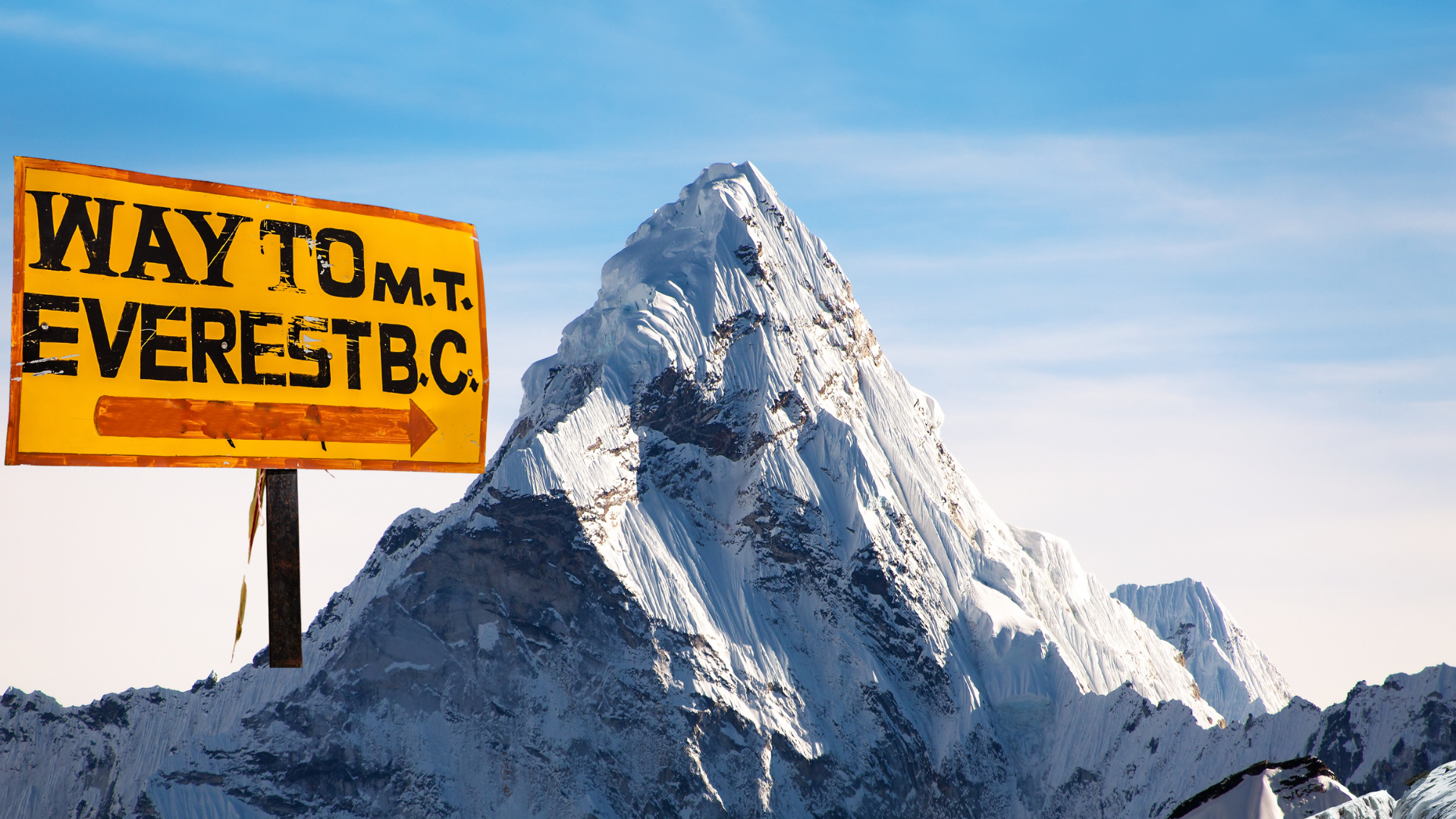Can you imagine the world’s tallest mountain getting even taller? It sounds wild, but that’s exactly what’s happening to Mount Everest, and the reason might surprise you. It’s not earthquakes or tectonic plates causing this—it’s a river.

The River That’s Pushing Everest Higher
Researchers from around the world, led by University College London, have found that Mount Everest has grown between 50 and 164 feet (15 to 50 meters) over the last 89,000 years—all thanks to the erosion caused by a river gorge nearby.
As the river cuts deeper into the land, it’s causing Everest to rise up! According to Adam Smith, a PhD student who worked on the study, “Mount Everest is still growing. The nearby river system is eroding material, and this loss is making the mountain spring upward.”
How Does This Happen?
Mount Everest already stands at a staggering height of about 29,032 feet (8,849 meters), making it the highest mountain on Earth. But here’s the crazy part: a river about 46 miles away is making it grow. This river is carving out a deep gorge, and as it erodes away billions of tons of rock and dirt, the mountain responds by rising.
This process is called isostatic rebound. When a large amount of material is removed from the Earth’s surface (like rocks and soil), the land below rises because of pressure from the Earth’s mantle pushing up. It’s slow—only about 2 millimeters per year—but over time, it adds up.
The Arun and Kosi Rivers: Everest’s Secret Boosters
For the past 89,000 years, the combined power of the Arun and Kosi Rivers has caused Everest to grow by 50 to 164 feet. These rivers erode the landscape around Everest, lifting it higher and higher.
What’s even more interesting is that Everest isn’t the only mountain being affected. Nearby giants like Lhotse and Makalu—the fourth and fifth tallest mountains in the world—are also rising due to this process.
Why Everest Stands Out
Everest is already an anomaly among the Himalayas, standing taller than other peaks. Part of this is due to pressure from beneath the Earth’s crust that’s pushing it upward faster than other mountains. But this isn’t happening in isolation—it’s a direct result of the rivers slowly eating away at the land.
“Everest’s extreme height is linked to the way the river system works in the region,” says Jin-Gen Dai, another scientist on the project. The Arun River, which flows through flat land and then abruptly drops in elevation, creates a unique topography that plays a key role in Everest’s continued rise.
The Mountains Are Growing!
Here’s the mind-blowing part: Mount Everest and its neighbors are growing faster than they’re wearing down! With the help of GPS instruments, researchers have measured this upward movement. Mountains like Everest, Lhotse, and Makalu are rising about 2 millimeters every year—thanks to isostatic rebound.
Matthew Fox, one of the study’s co-authors, says, “We now know that the isostatic rebound is raising Mount Everest faster than erosion is breaking it down.” In other words, while rivers are taking away material, the Earth’s forces are pushing the mountains back up—and faster than ever.
What Does This Mean for the Future?
Mount Everest’s slow but steady growth shows us just how dynamic and ever-changing our planet really is. The Earth’s surface is constantly shifting and reshaping, even in ways we might not immediately see.
So, next time you think about Everest, remember—it’s not just the world’s tallest mountain; it’s also a growing giant!
